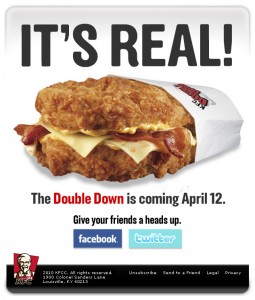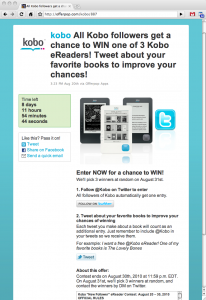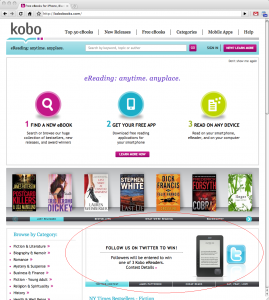Email Marketing: Merging German and American tactics
We live in a global market. Gas prices in Indiana are affected by demand in China. Customer service calls from Florida are routed to India. And the New York Stock Exchange is merging with a company from Germany.
This is not the only piece of German news to cross my desk lately. We had a good group of German marketers at our Email Summit in Las Vegas. And several Germans won a MarketingSherpa Email Marketing Award this year.
Globalization’s implications are huge and affect nearly everything. One great benefit, I’m starting to realize, is that marketers from across the globe can learn from each other (if only I could speak German!).
Check out some of these Email Marketing Awards winners from the land of lederhosen:
Bigger and better email lists
As the only entrant to win multiple awards this year, Germany-based promio.net had great insights to share. And they were not the only German winners.
Honorable Mention: Best email innovation
• Agency: promio.net
• Client: IDG Germany
Marketers at promio.net combined IDG’s separate subscription management pages into a single page, which increased subscriptions per user by 3%. The results show that making it easy for customers to unsubscribe does not always shrink lists — it just makes happier subscribers.
Honorable Mention: Best email integration
• Agency: promio.net
• Client: Nürburgring Automotive
Confronted with a list of email addresses that were gathered offline and had sat unused for months, the marketers at promio.net crafted a plan. They sent an opt-in newsletter to the old names, saw good results, and have since established a regular double-opt-in process for offline signups. Now addresses gathered offline are regularly added to Nürburgring Automotive’s database.
Silver: Best email list-growth campaign
• Agency: rabbit eMarketing
• Clients: Avis Autovermietung, ATOUT FRANCE
Marketers at Germany-based rabbit eMarketing designed a virtual road race from Germany to France where contestants had to recruit new players to get closer to the destination. The campaign’s viral design helped attract more contestants and boosted the clients’ lists. The campaign’s emails also had a clean look that caught the eyes of our judges (check out the awards for more details).
Insights are bilingual, I am not
As more great email marketing campaigns and examples come from across the pond, it’s important to remember that not only do we learn from our German friends, but they also learn from us.
MarketingSherpa’s 3rd Annual German Email Marketing Summit is almost one month away, and I expect a fantastic give-and-take between the audience and speakers. Although differences in language separate us (and isolate me quite dramatically), we all have the same goal: to get more subscribers and clicks for our programs.
Related resources
MarketingSherpa’s 3rd Annual German Email Marketing Summit 2011
MarketingSherpa 2011 Email Marketing Awards
Growing Email Lists with Social Media
Marketing Intuition (Contest): Which email is more engaging?
Photo by: Digital Sextant












